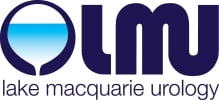A laparoscopic nephrectomy involves removing the entire kidney through keyhole incisions on the side of the abdomen between the ribs and the hip. A nephrectomy is usually performed for either kidney cancer or a non-functioning kidney.
In the case of kidney cancer, all the surrounding fat and sometimes the adrenal above is removed with the entire kidney.



